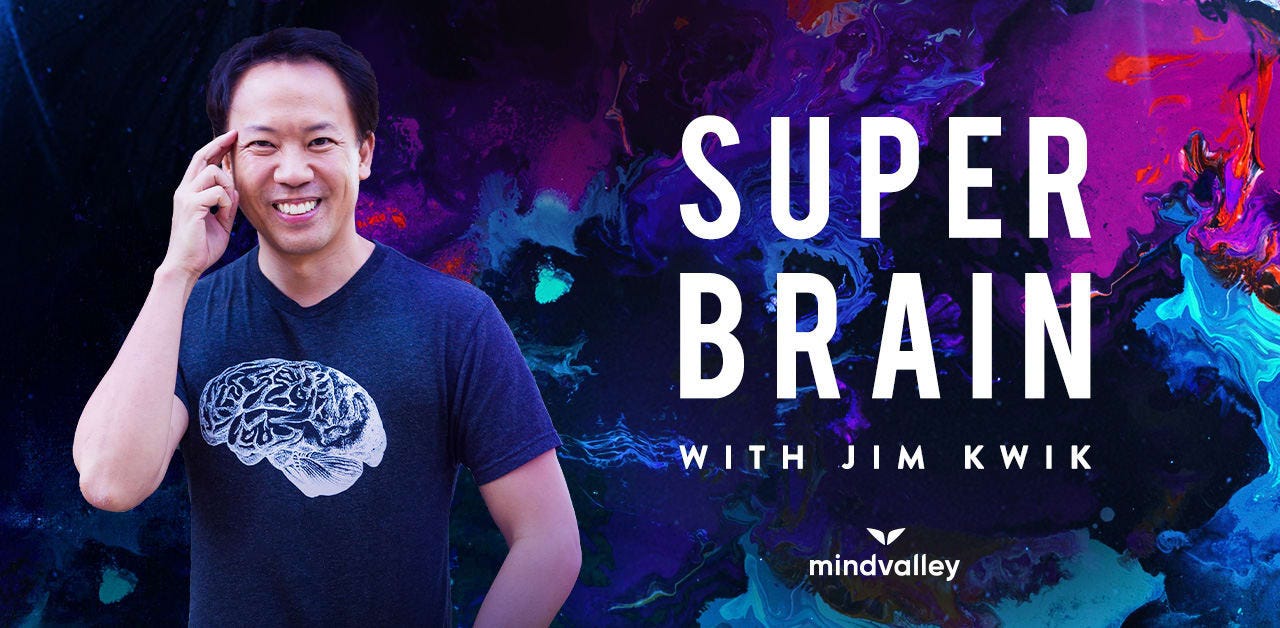Adaptive Intelligence: Leading Through Chaos with Cognitive Agility
Develop a leadership brain that pivots quickly and thrives in uncertainty.
In this issue:
The neuroscience of adaptability and change.
How to train your brain for flexible thinking.
Leadership tactics for real-time problem solving.
Welcome to this week’s edition of Applied Neurogenesis! Leaders today face constant disruption—from technological shifts to economic uncertainty. The ability to adapt, pivot, and think flexibly is no longer optional—it’s a critical leadership skill.
The good news? Mental agility is trainable. By leveraging neuroscience-backed techniques, you can strengthen your brain’s ability to process change, make better decisions under uncertainty, and lead with confidence.
In this issue, we’ll explore how to rewire your brain for adaptability and thrive in the face of disruption.
How to Build Mental Agility for Leadership Success
1. Train Cognitive Flexibility for Rapid Adaptation
Cognitive flexibility—the ability to shift between different ideas and strategies—declines with age unless actively strengthened. Leaders who train this skill respond faster to change and make better strategic decisions.
Quick Tip: Try the “What-If” Exercise—daily, challenge yourself to think of three alternative solutions to any business problem, even if the original plan seems solid.
2. Strengthen Pattern Recognition for Faster Decision-Making
The brain processes vast amounts of information by detecting patterns—but during disruption, old patterns may no longer apply. Training pattern recognition skills helps leaders identify emerging trends and opportunities faster.
Quick Tip: Engage in scenario planning—regularly review market trends and ask, “What does this pattern suggest about the future?”
3. Use Strategic Pauses to Improve Clarity Under Pressure
In high-stakes environments, stress hijacks the prefrontal cortex, impairing problem-solving. Leaders who practice intentional pauses regain mental clarity and make sharper decisions.
Quick Tip: Before responding to unexpected challenges, take a 10-second pause—breathe deeply, assess, and respond rather than react.
4. Cultivate a Growth Mindset for Resilience
Neuroscience shows that leaders with a growth mindset—the belief that abilities can develop—handle disruption more effectively. Their brains reframe challenges as opportunities for learning and adaptation.
Quick Tip: When faced with setbacks, ask, “What can this teach me?” instead of seeing it as failure.
5. Rewire for Innovation with Cross-Disciplinary Thinking
Mental agility improves when leaders expose their brains to diverse ideas—from different industries, disciplines, and experiences. This broadens problem-solving capacity and enhances creative leadership.
Quick Tip: Read outside your field—exploring books, articles, or podcasts from different industries sparks new insights and innovation.
Innovations to Watch
Tools and strategies to enhance mental agility and adaptability:
Adaptive Thinking Training (ATC): A neuroscience-backed cognitive training program for high-pressure decision-making.
Mindvalley’s Superbrain Program: A course designed to strengthen memory, learning speed, and cognitive flexibility.
FutureThink: A leadership platform that trains teams in disruptive thinking and innovation strategies.
Success Story
This week’s success story is Henry, a 57-year-old CEO in the financial sector who struggled with decision fatigue and resistance to rapid change. By implementing strategic pauses, cross-disciplinary learning, and cognitive flexibility exercises, Henry transformed his leadership style, leading his company through a major industry shift with confidence.
“I no longer feel overwhelmed by uncertainty—I’ve trained myself to see change as an advantage,” he shares.
Community Corner
This week’s top question comes from Adelaide:
“How do I train myself to become more adaptable in leadership?”
Great question, Adelaide! Start by intentionally exposing yourself to new challenges—switch up routines, learn a skill outside your expertise, and practice solving problems with different approaches. Mental agility improves when the brain encounters new, unexpected experiences regularly.
What’s your best strategy for staying adaptable? Share it with the Over51 community!
Disruption is inevitable—but leaders who train for adaptability thrive in uncertainty. By strengthening mental agility, embracing cognitive flexibility, and leveraging neuroscience-backed strategies, you’ll future-proof your leadership and stay ahead of change.
Want more brain-based strategies for leadership resilience? Subscribe to Applied Neurogenesis for exclusive insights on cognitive longevity and high-performance decision-making.
Stay sharp,
Stu Morris








